Roquefort Salad Dressing Recipe – A Classic Stinky Cheese Salad Dressing
Roquefort dressing packs a punch. It’s creamy, bold, and loaded with that signature blue cheese funk that cheese lovers crave. If you’re looking to level up your salads, wings, or grilled meats, this dressing delivers big flavor with very little effort.
Roquefort, a French blue cheese made from sheep’s milk, brings a tangy, salty edge that sets this dressing apart from the usual suspects. Mix it with a few pantry staples—think sour cream, mayo, and a splash of vinegar—and you’ve got a thick, rich dressing that clings to every bite.
It’s perfect on a wedge salad, drizzled over grilled steak, or used as a dip for crispy fries. And if you’ve only tried bottled blue cheese dressing, this homemade version will blow your mind.
Don’t worry if you’ve never worked with Roquefort before. It crumbles easily and blends smoothly. The trick is balancing its sharpness with something creamy and a little acidic. Once you get that mix right, you’ll never go back.
This recipe keeps things simple and tasty. Just stir, chill, and enjoy. Let’s get into it.
Roquefort Dressing Recipe
Ingredients
- ¼ cup sour cream
- ⅓ cup buttermilk
- 1½ cups mayonnaise
- 2 tablespoons fresh lemon juice
- ½ teaspoons Worcestershire sauce
- ¼ teaspoon Tabasco
- 5 ounces Blue Cheese Roquefort or some other style
Instructions
- Combine all the ingredients except for the cheese in a bowl and whisk them until smooth.
- Crumble in the blue cheese and mix together gently if you like clumps of cheeses in your dressing or more aggressively if you like it more smooth.If you want it really smooth, you may want to combine everything in a blender but I think you lose the mouth feel when you lose the texture from the chunks of blue cheese.
- Taste and adjust seasonings with a little salt & pepper.
- Serve on greens or try it on grilled chicken breasts. I bet it would work well with steamed or grilled vegetables like asparagus.
Why Roquefort Cheese Is Great In Salad Dressings
Roquefort cheese is often used in salad dressings because of its unique flavor profile and texture, which can elevate the taste of salads in several ways:
| Feature | Description |
|---|---|
| Distinct Flavor | Bold and tangy with complex undertones. Balances other ingredients, adding depth and a well-rounded taste to dressings. |
| Creamy Texture | Blends smoothly for a velvety consistency. Helps coat salad ingredients evenly, improving mouthfeel. |
| Umami Boost | Naturally rich in glutamates, which enhance the savory, satisfying flavor of the dressing. |
| Contrast with Sweet/Fruity | Tangy and salty notes pair well with fruits, candied nuts, or honey-based elements, creating a flavorful sweet-salty balance. |
| Versatility | Works in creamy dressings and vinaigrettes. Encourages creativity with different flavor pairings for a wide range of salads. |
About Roquefort Dressing
Roquefort dressing derives its name—and bold personality—from Roquefort cheese, one of the world’s oldest and most iconic blue cheeses.
Originating from the south of France, Roquefort is made from sheep’s milk and aged in the limestone caves of Combalou near the village of Roquefort-sur-Soulzon. These caves create the perfect conditions for the Penicillium roqueforti mold to develop, giving the cheese its signature veining and sharp, tangy flavor.
Roquefort has been protected by French law since 1925 under the Appellation d’Origine Contrôlée (AOC), which ensures only cheese aged in these caves and made using traditional methods can be labeled as true Roquefort. The cheese has a strong, salty bite with a creamy texture that makes it perfect for melting into dressings and sauces.
Roquefort dressing likely evolved as a luxurious variation of American blue cheese dressing, which became popular in the mid-20th century with the rise of steakhouse salads and dipping sauces. While blue cheese dressings can use a range of cheeses like Gorgonzola or Stilton, Roquefort stands out for its deep flavor and heritage.
Today, Roquefort dressing is loved for its richness and sharp edge. It’s a great way to bring French flair to classic dishes.
Other Ingredients
Buttermilk
Buttermilk is a tangy and acidic dairy product that is commonly used in cooking and baking. Traditionally, buttermilk was the liquid left over after churning butter from cream. Nowadays, it is typically made by adding a bacterial culture to low-fat milk, which ferments the lactose and produces lactic acid, giving buttermilk its characteristic tangy flavor.
Buttermilk has a thick consistency and a slightly sour taste, making it a versatile ingredient in savory and sweet dishes. It is commonly used in marinades and brines to tenderize meat and add flavor. It can also be used as a base for salad dressings, soups, and sauces or enjoyed on its own as a refreshing beverage.
Buttermilk is also valued for its nutritional benefits. It is rich in calcium, protein, and probiotics, which promote gut health and digestion. Additionally, buttermilk is lower in fat and calories than whole milk, making it a healthier option for those watching their calorie intake.
Sour Cream
Sour cream is a versatile dairy product renowned for its tangy flavor, creamy texture, and culinary versatility. Produced through the fermentation of regular cream with lactic acid bacteria, sour cream has been a staple in cuisines worldwide for centuries. Its rich and creamy consistency makes it a popular ingredient in savory and sweet dishes. Its smooth texture and tangy flavor make it an excellent base for dips, dressings, and sauces, adding depth and richness to recipes.
Sour cream comes in various fat content levels, ranging from full-fat to reduced-fat and fat-free options, allowing for flexibility in dietary preferences and culinary applications. Additionally, it can be easily flavored or seasoned with herbs, spices, or citrus zest to create customized dips or spreads.
Beyond its culinary uses, sour cream also offers nutritional benefits. It contains essential nutrients such as protein, calcium, and vitamin B12. However, due to its relatively high-fat content, moderation is key.
Tabasco Sauce
Tabasco sauce is a popular and iconic hot sauce known for its bold flavor and fiery heat. Originating from Avery Island, Louisiana, Tabasco sauce has been produced by the McIlhenny Company since the mid-1800s, making it one of the oldest hot sauce brands in the United States.
The key ingredient in Tabasco sauce is tabasco peppers (Capsicum frutescens), which are aged in wooden barrels with salt for up to three years before being mashed and strained to extract the flavorful pepper mash. The resulting liquid is mixed with vinegar and aged for another period to develop its signature flavor profile.
Tabasco sauce is characterized by its intense heat and tangy, vinegary flavor. It adds a fiery kick to various dishes, including soups, stews, sauces, marinades, and Bloody Mary cocktails. Tabasco sauce is also commonly used as a condiment to enhance the flavor of foods such as pizza, tacos, eggs, and burgers.
Worcestershire Sauce
Worcestershire sauce is a complex and flavorful condiment with a rich history dating back to the 19th century. Originating from Worcester, England, Worcestershire sauce is a fermented liquid condiment created by the chemists John Wheeley Lea and William Henry Perrins.
Legend has it that the duo initially made the sauce as an attempt to replicate a recipe brought back from India by Lord Sandys, a former governor of Bengal, but upon tasting it, found it unpalatable. They set the barrels aside in their cellar, where they aged and fermented for two years, after which the sauce had developed its distinctive flavor profile.
This versatile condiment is used in a wide range of culinary applications. It is commonly used as a flavor enhancer in savory dishes such as stews, soups, marinades, sauces, and gravies. Worcestershire sauce adds depth and complexity to dishes, balancing sweetness with acidity and hinting umami richness.

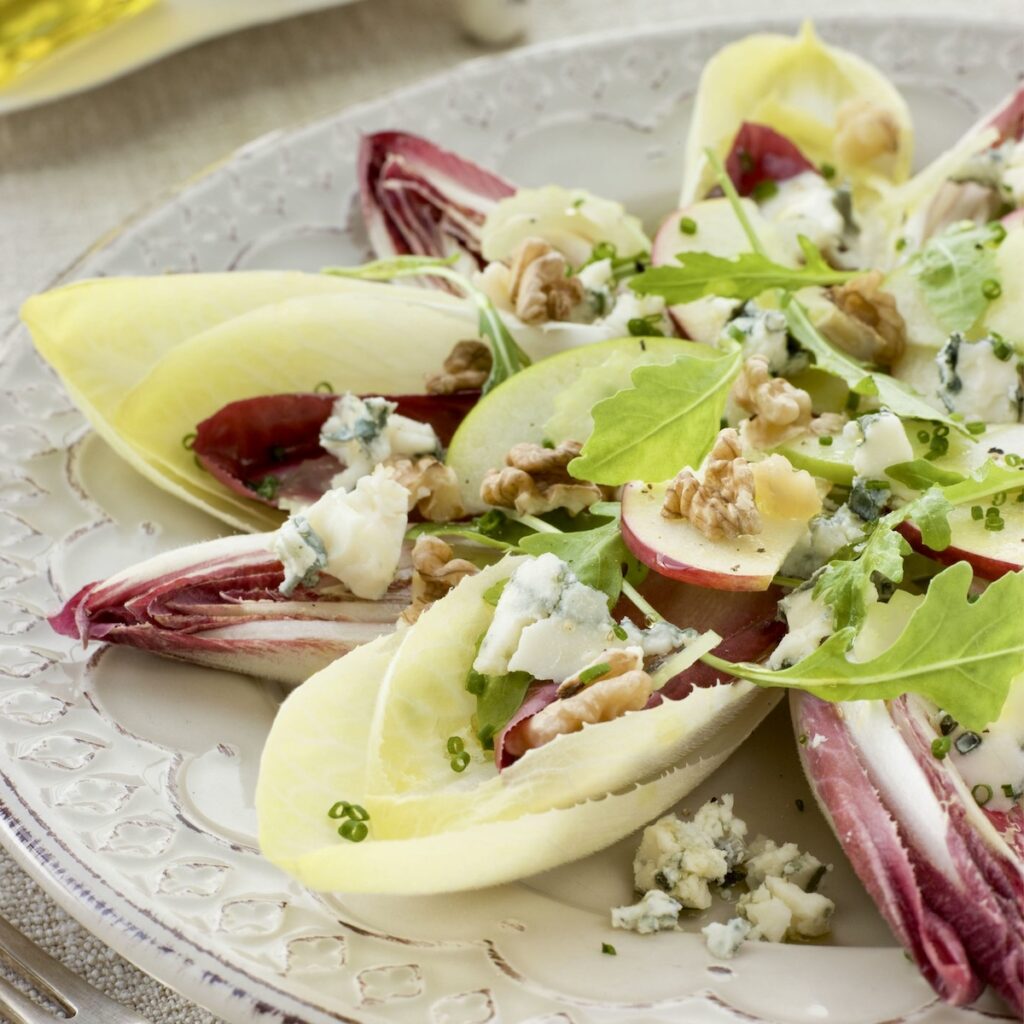


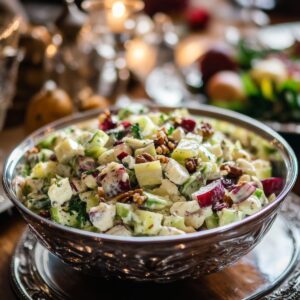
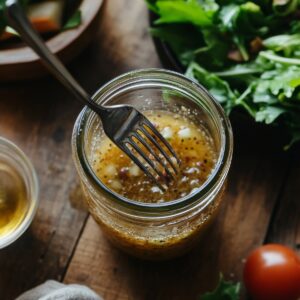
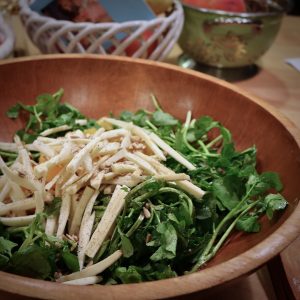
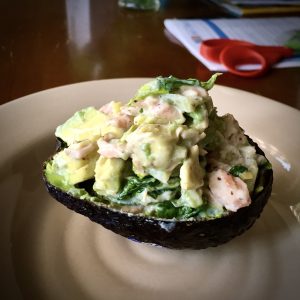
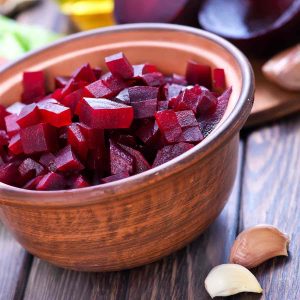
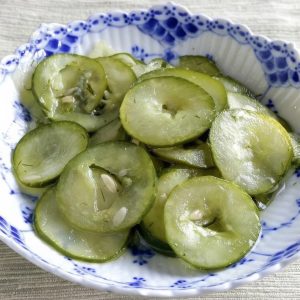
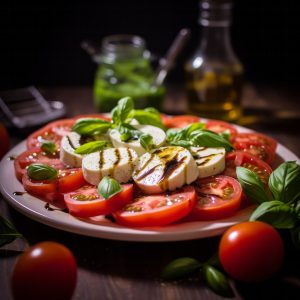



10 Responses
This reminds me so much of the old Chart house Blue cheese recipe. If I had some buttermilk I would try it tonite!! Could you use Plain Yoghurt instead of Sour cream, or no?
Thnx
R
The dressing may have a slightly lighter, brighter taste, but that can be a great match for fresh, crisp salads or lighter dishes.
Yes, plain yogurt is a great substitute, especially if you’re looking for a healthier option.
it works well
Made this today. Turned out great. Best BC dressing ever.
This is really good on leftover Thanksgiving turkey sandwiches–rye bread with tomato, lettuce and onion!
Great recipe loved it on fresh greens with black olives and mozzarella cheese
Hey Brock, thanks for letting me know how you served it. – RG
WOW! This Recipe sounds excellent,I’m so EAGER to try it! Hmmm…. i agree with the author to possibly use a less Expensive Blue cheese,Because the DELICIOUS RoQuefort WILL lose Much of its “FLAVOR” when synthesized with the various other ingredients,then You could CRUMBLE More of the DELICIOUS Roquefort on top of your Salad or other Items.THNX!
You are welcome. – RG
G.Bush administration, because of European Union’s refusal to use our beef,
socked a 300% tariff on Roquefort Chees
then, Obama adm. brought it back to 100%…but it’s still too expensive…I can not find it in Phoenix.
WOW!
I have some leftover Butttermilk from a fried chicken dinner prep. I also have everything else needed in the refrigerator (how often does THAT happen)! Looks like tonights dinner will be a lettuce wedge salad with Tuna and this dressing.
YUM!
This is a fantastic recipe. I’ve made this 3 times in the last 2 weeks! I’ve up’d the amount of the Roquefort cheese to 6 oz. or so, as we love this cheese. And for ease of making and consistency, the sour cream measures out to 60g. and the mayonnaise to 312g.